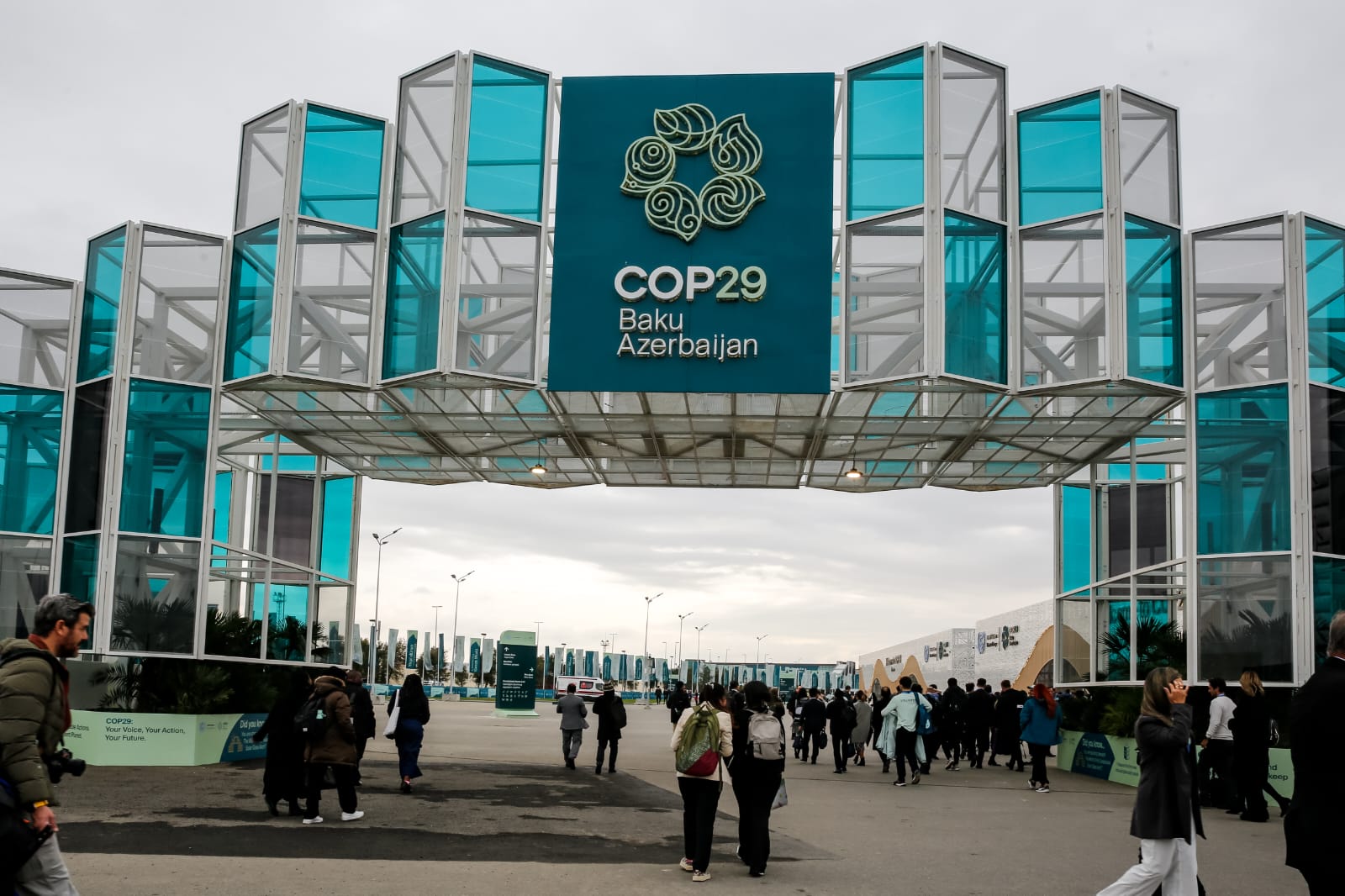As COP29 unfolds in Baku, Azerbaijan, the global spotlight is firmly on nations’ efforts to tackle the escalating climate crisis. Following the successful COP28 summit in Dubai, West Asia has emerged as an unlikely leader in carbon capture technology, signaling a transformation from a region known primarily for oil production to one pioneering innovative climate solutions.
UAE’s Bold Commitment and Action
The United Arab Emirates (UAE), host of COP28 in 2023, has set an ambitious target of reducing greenhouse gas emissions by 47% by 2035 compared to 2019 levels, amounting to a cut of 103.5 million metric tonnes of CO2. This target is not just aspirational—the UAE is actively deploying advanced technology to achieve it.
The UAE operates the world’s first commercial carbon capture facility for the iron and steel industry, capturing 800,000 tonnes of CO2 annually. This CO2 is repurposed for enhanced oil recovery, a dual-purpose approach that keeps emissions out of the atmosphere while boosting oil production. Leading this initiative is Al Reyadah, a joint venture by Abu Dhabi National Oil Company (ADNOC) and Masdar, dedicated to commercial-scale Carbon Capture, Utilization, and Storage (CCUS) projects.
A Regional Surge in Carbon Capture
West Asia is seeing a surge in CCUS initiatives beyond the UAE. Saudi Arabia’s Uthmaniyah facility captures CO2 for oil recovery, while Qatar’s Ras Laffan LNG production facility sequesters 2.1 million tonnes of CO2 annually. Collectively, the region plans to increase its carbon capture capacity from 5 million tonnes in 2023 to 43 million tonnes by 2034, requiring an estimated $12 billion investment.
Nearly 40% of this expansion will occur in Saudi Arabia, underscoring its growing commitment to climate action.
Addressing Hard-to-Decarbonize Industries
The timing of these advancements aligns with COP29’s focus on hard-to-decarbonize industries like steel, cement, and chemicals, which are vital to West Asia’s economies. CCUS technology allows these sectors to operate while significantly reducing their environmental footprint, making it an indispensable tool for the region’s climate strategy.
A Strategic Economic Shift
Beyond its environmental benefits, West Asia’s focus on CCUS reflects a broader economic vision. With the recognition that reliance on oil exports is unsustainable, countries like the UAE are positioning themselves as leaders in clean energy technologies. The UAE is also advancing low-carbon hydrogen production, leveraging captured CO2 in the process.
Challenges Ahead
Despite progress, challenges remain. Global carbon capture capacity is only 45 million tonnes annually, a fraction of what is needed to meet climate targets. Scaling up requires substantial investment in infrastructure and technology, which remains costly despite declining prices.
A Blueprint for Action
West Asia’s strides in carbon capture offer a blueprint for combining climate action with econom ic growth. The UAE’s goal of capturing 10 million tonnes of CO2 annually by 2030 sets a benchmark for others to follow.
As COP29 discussions continue, the region’s transition from a major emitter to a leader in carbon capture underscores how political determination and innovation can drive meaningful progress. For West Asia, carbon capture is more than a tool—it is a bridge to a sustainable future.
By Vinod Kumar (UAE)














